1972 Study Warned of Global Collapse by 2040, and New Research Agrees
These days, when people talk about the “end of the world,” they’re usually referring to the potential and even probable upcoming environmental disasters due to intensifying symptoms of climate change.
However, there is another kind of collapse which may be just around the corner. In 1972, researchers at MIT noted that if humans continued with “business as usual,” the global economy could fall to pieces by 2040. Now, just over 40 years later, that research is proving true.
“The Limits to Growth” a 1972 Economic Study
A group of researchers got together in 1972 at the prestigious MIT university in Boston, Massachusetts, to find out how factors like pollution, population growth, and the use of resources would affect the planet and its economy over the next 70 years.
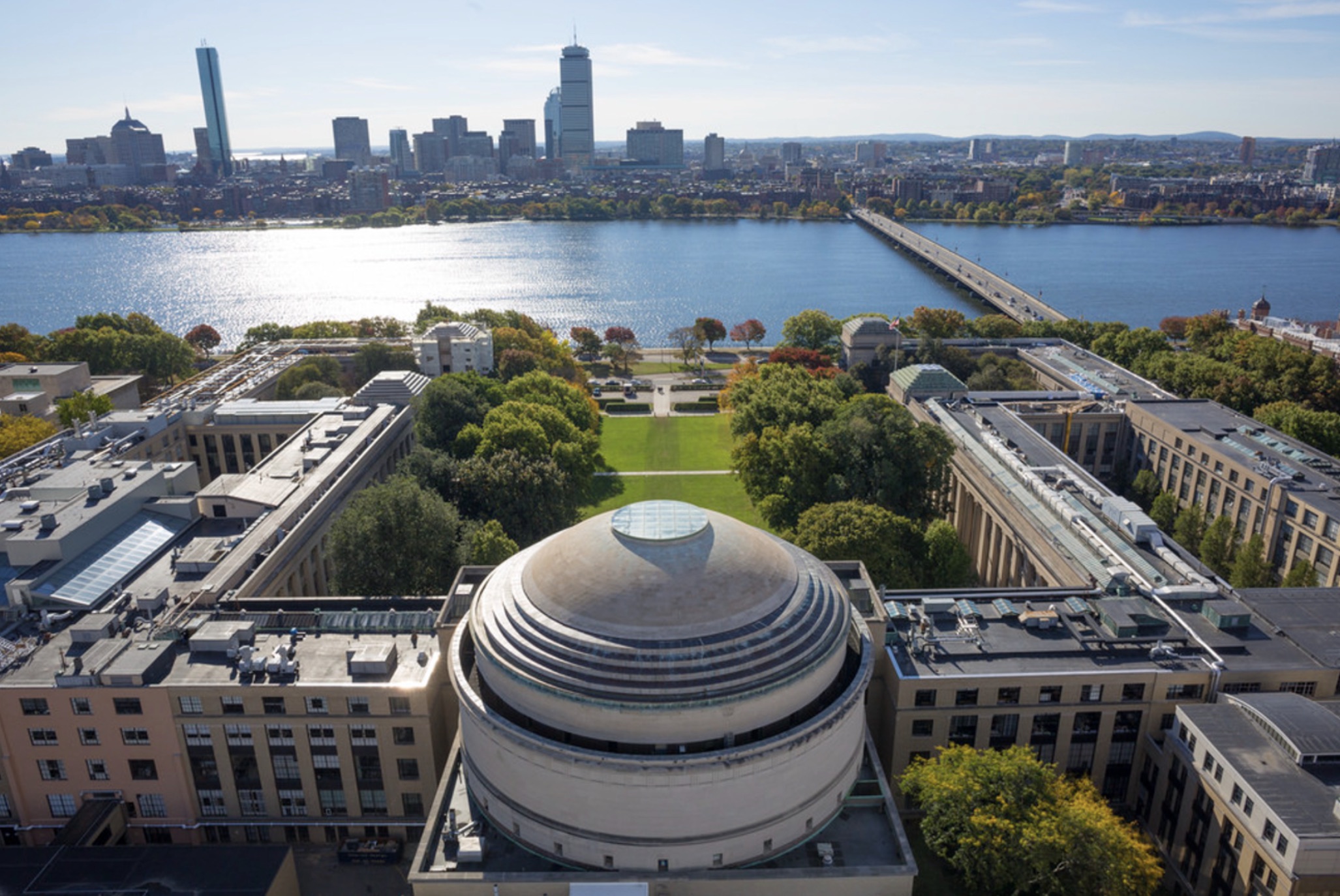
Source: MIT
Using computer simulations and complex mathematical equations, they found that if the system continued to function in the same way as it did in 1972, the entire industrial civilization of our planet could implode by 2040. The study entitled “The Limits to Growth” has become quite famous.
Forty Years Later, Another Study Confirmed
In 2014, the next generation of MIT researchers conducted a second study, comparing the original projections from 1972 to the world in 2000 to see if they had been correct with their predictions.

Source: Freepik
Dr. Graham M. Turner headed the study, and he and his team reported that their predecessors in 1972 had guessed almost exactly what the world was going to look like that year. Therefore, Dr. Turner agreed that if things continued as they were, Earth was looking at an economic collapse by 2040 as originally estimated.
After Another Seven Years Later, the Same Information Has Been Confirmed
Finally, in 2021, sustainability analyst at KPMG, Gaya Herrington, revisited the now-famous MIT study and found that humans were still on the same exact path that the researchers predicted almost 50 years ago.

Source: Freepik
As Herrington explained, her research confirms that if the world continues down the same path it’s been on for the past several decades, economic growth and the standard of living could substantially decline over the next two decades.
It’s Time for Change
According to the research from both Tuner and Herrington, there is a way to address the incoming implosion: The world needs to change, and it needs to change now.
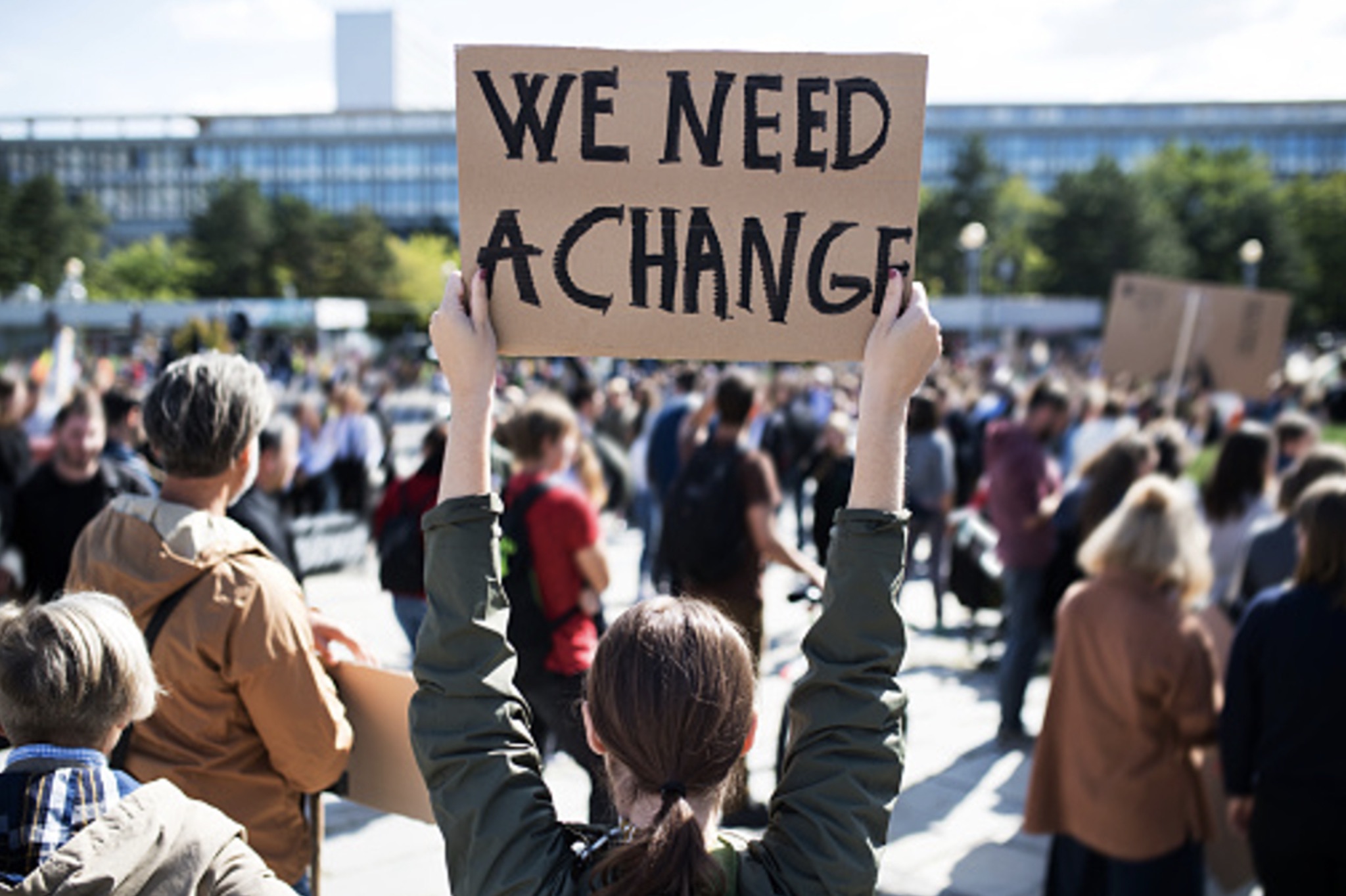
Source: iStock
They say that these studies can and should be used as a wake-up call for governments around the world to implement new policies which ensure the global economy does not fall to pieces in just 17 years.
The World Won’t “Cease to Exist”
Herrington explained that if they don’t make the necessary changes, it “does not mean that humanity will cease to exist.” Instead, “economic and industrial growth will stop, and then decline, which will hurt food production and standards of living.”

Source: Freepik
Herrington compares graphs that follow the BAU2 (business as usual) projections, CT (comprehensive technology) predictions, and the SW (stabilized world) path. She noted that the most optimistic path is the SW option, “in which civilization follows a sustainable path and experiences the smallest declines in economic growth.”
What Would That Change Look Like?
In order to follow the SW path, significant changes need to be made to ignite a “slowdown and eventual halt in growth within the next decade or so.”

Source: Unsplash
Such changes would include decreasing resource use, implementing new innovative technologies, investing in public services and education, and creating a new, more practical world.
What Will Happen if Things Don’t Change?
It’s important to understand that these changes are absolutely crucial, not only for the sustainability of the world’s governments, but for its citizens as well.
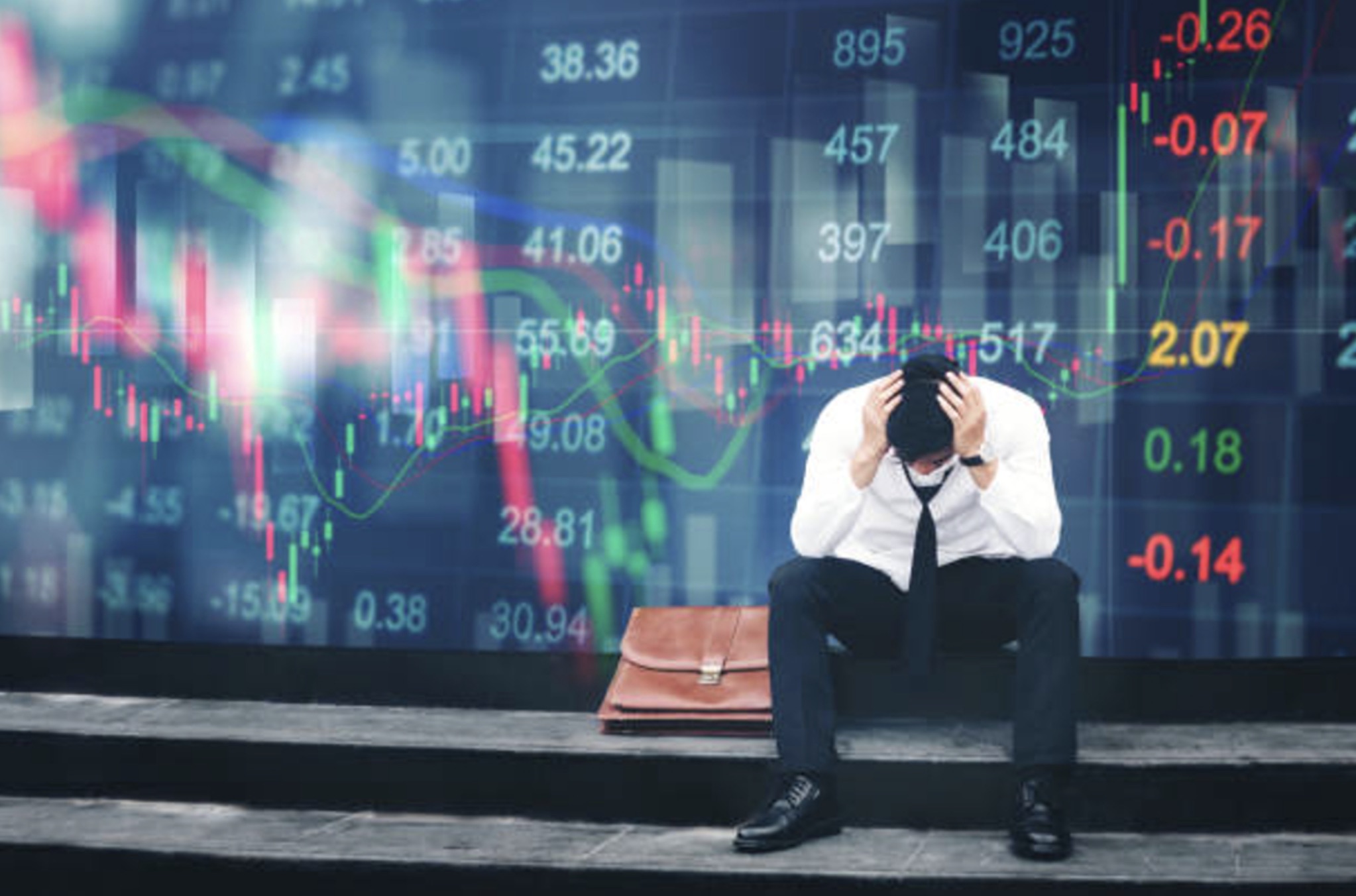
Source: iStock
If the world’s economies decline as experts all agree they will if things don’t change, the value of currency will plummet, stock markets will crash, and unemployment rates will be through the roof.
Living in Today’s Economic Climate Is Already Challenging
Some argue that people around the world are already experiencing the negative side effects of the “business as usual” economic growth model.

Source: Freepik
In the USA, the middle class is disintegrating, people cannot afford to buy a home, let alone pay their bills, and the dollar buys less at the grocery store than ever before. But in less than 20 years, if things don’t change, it will get far worse.
What Can the General Public Do to Ignite Change?
Hearing that the global economy may implode within less than two decades can feel overwhelming and frustrating. The vast majority of people feel as though they don’t have any say in government spending and curtailing economic growth, so it seems like there’s nothing they can do.

Source: Freepik
However, there is tangible action that can be taken. First and foremost, voting in political leaders who understand the economy cannot continue as it is now is imperative. As is cutting back on spending, saving, and investing in the future.
These Changes Won’t Be Easy
The unfortunate truth is that these changes will not be easy to make. For decades people and governments have been following the “business as usual” model, and things will likely feel worse before they get better.
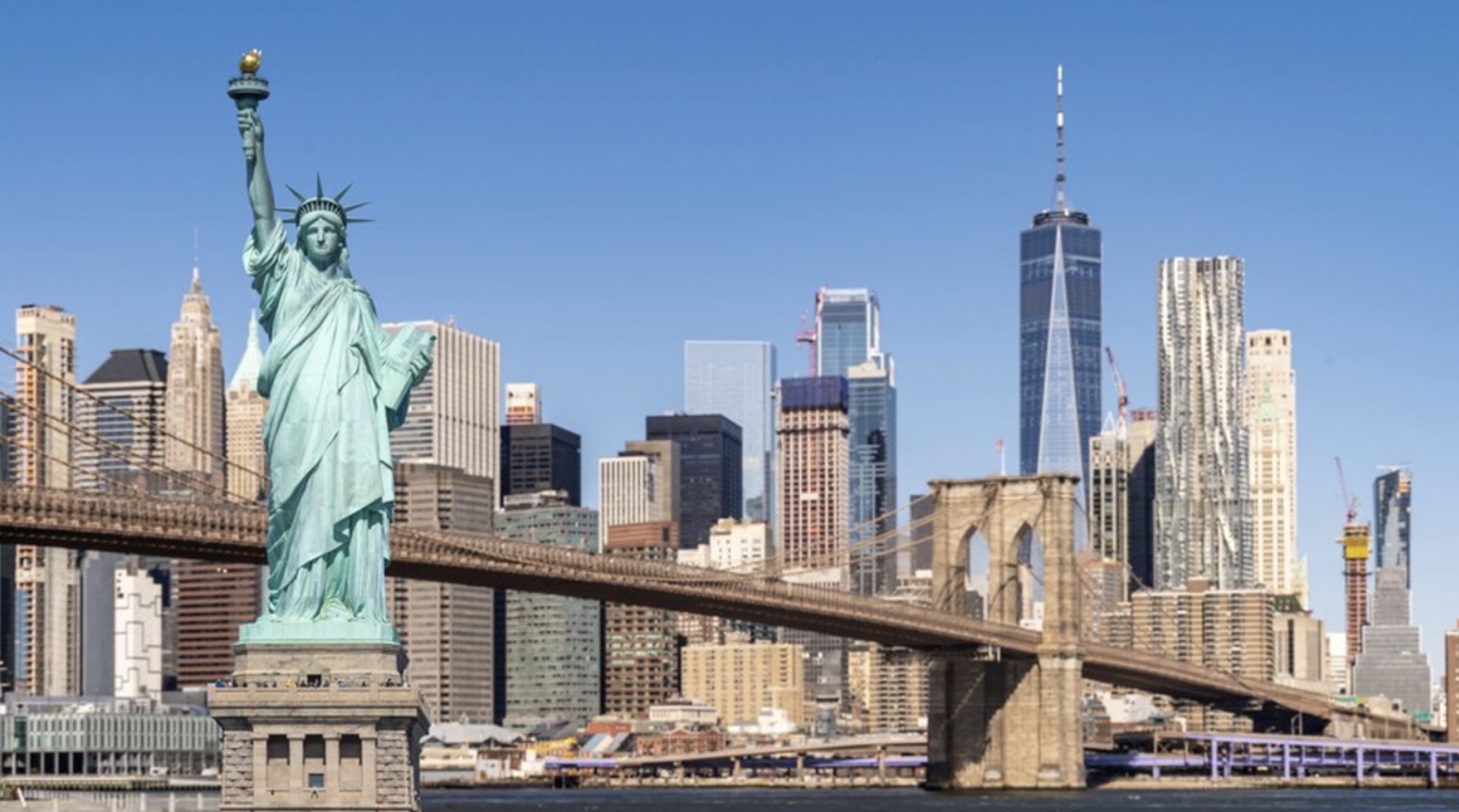
Source: Freepik
As Herrington explained, “The necessary changes will not be easy and pose transition challenges but a sustainable and inclusive future is still possible.”
The World May Look Wildly Different for the Next Generation
Everyone wonders what the world will look like in the distant future, but these days, people are starting to worry about what it will be like in just a few decades.

Source: Freepik
Right now, Generation Alpha kids are taking their first steps, but by the time they are adults, the entire world may be extremely different than it was for their Millennial and Gen Z parents.
Historical Context of Collapse
Historical predictions of collapse, such as those regarding ancient Rome and the Maya, echo the dire warnings of the 1972 MIT study. These historical examples offer insights into how complex societal systems can fail when resource management is neglected.
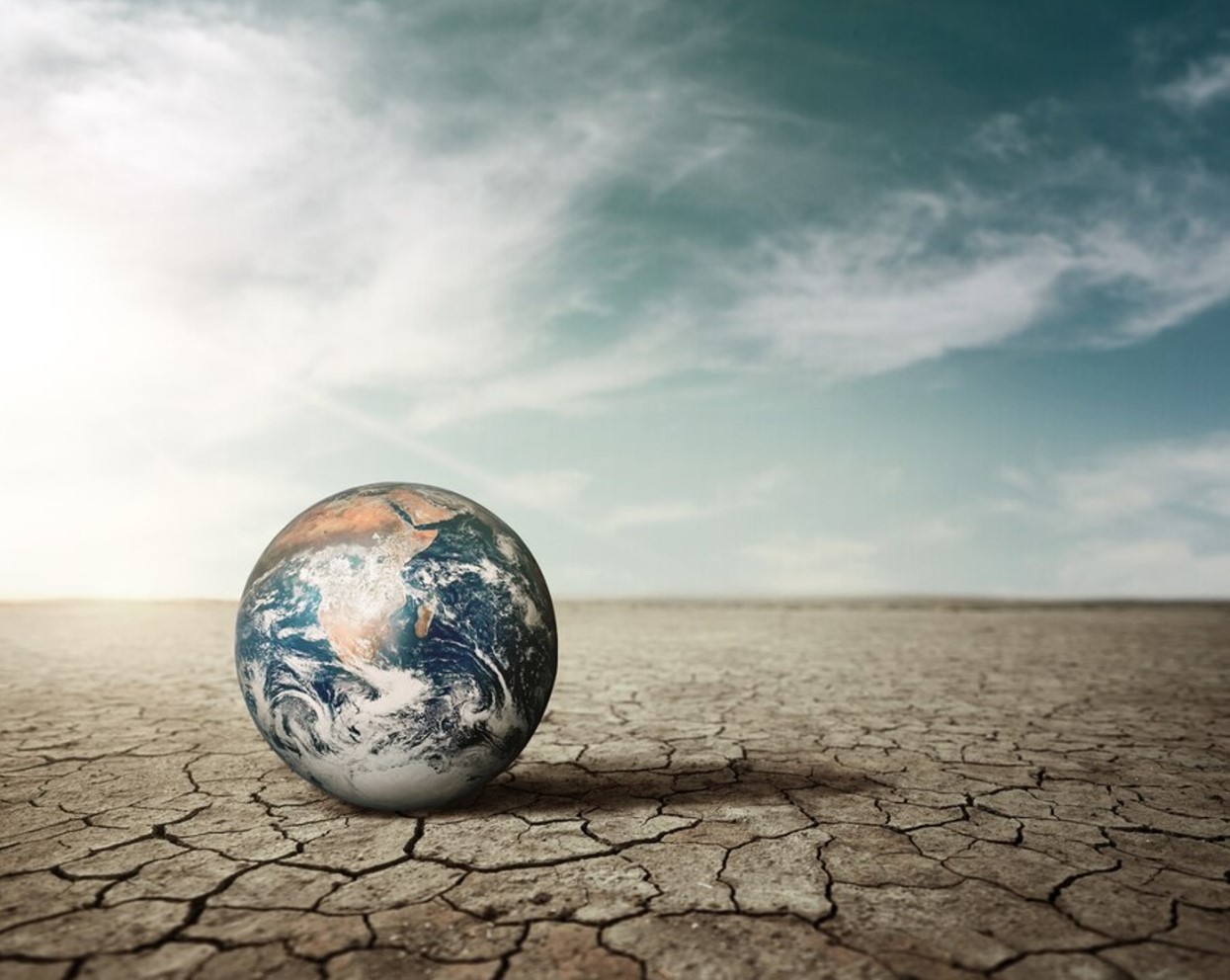
Source: Freepik
Understanding these patterns helps contextualize the current global situation, highlighting the importance of heeding past lessons to avoid similar fates.
The Role of Advanced Technologies
Innovations in technology provide a beacon of hope against potential global collapse. Advancements in clean and renewable energy, smart agriculture, and resource-efficient manufacturing could be key to altering our current trajectory.
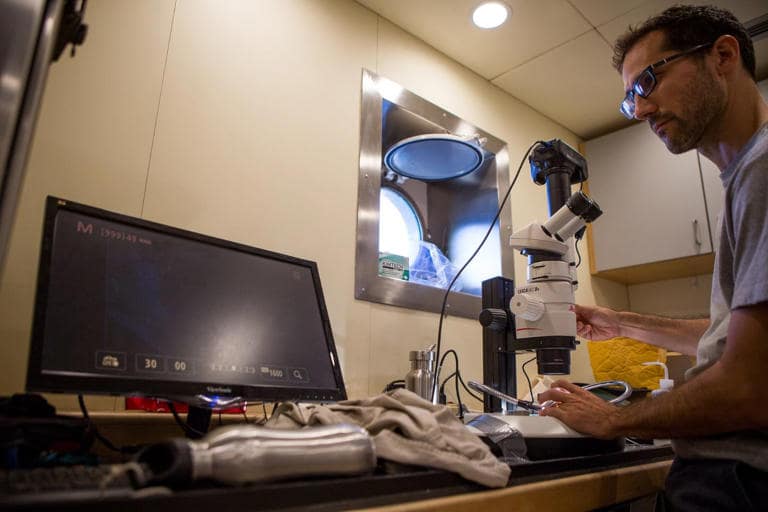
Source: BREEF/Facebook
Emphasizing these technologies illustrates their potential to stabilize economic and environmental systems by 2040.
Society’s Perception of Crisis
Public awareness of global collapse risks has shifted dramatically since the 1972 MIT predictions.
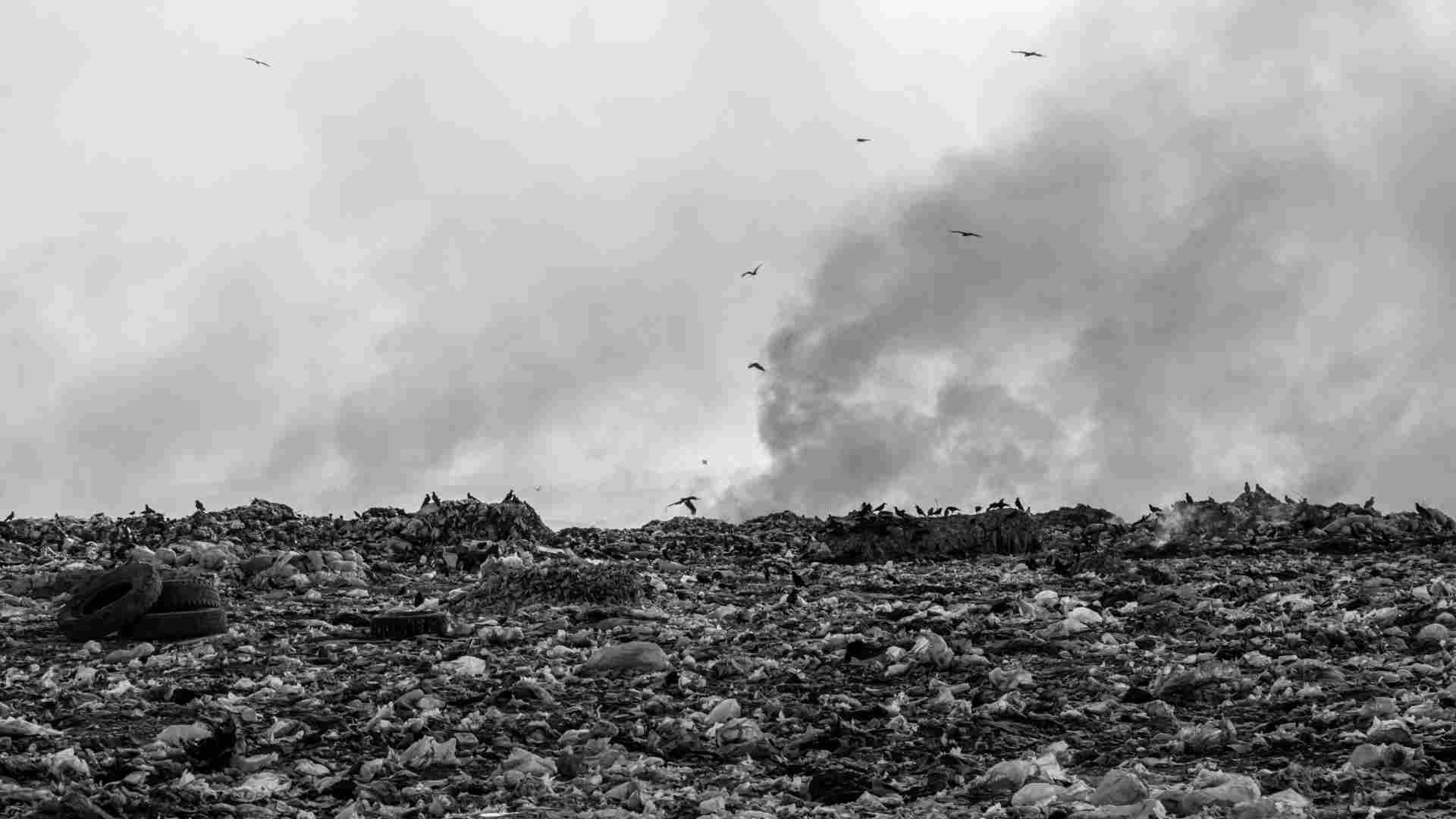
Source: Collab Media/Unsplash
Needless to say, today’s media landscape amplifies the urgency of these issues, influencing public perception and action. This growing awareness is crucial as it fuels the societal push for governments to adopt more sustainable policies.
Global Leaders in Sustainable Change
Countries like Denmark and Costa Rica have emerged as frontrunners in integrating sustainability into their national policies.

Source: Markus Spiske/Unsplash
These nations exemplify how proactive governance can significantly attempt to mitigate the risks of economic and environmental collapse, offering models for others to follow.
Political Barriers to Implementing Change
Navigating political landscapes to implement sustainable policies often encounters significant resistance. This resistance stems from vested interests, short-term electoral cycles, and geopolitical conflicts that prioritize immediate gains over long-term sustainability.

Source: Shutterstock
Successful strategies to overcome these barriers include international agreements (such as the Paris Agreement) and grassroots advocacy, which can align divergent interests towards common goals and demonstrate the global consensus on the need for change.
Educational Innovations for a Sustainable Future
Educational systems around the world are beginning to prioritize sustainability — at least, that is the desire, according to the Yale School of Management.

Source: Taylor Flowe/Unsplash
Incorporating environmental and resource management topics into curricula could help shape future leaders to be more conscious of global challenges, thereby fostering a generation equipped to handle the complexities of a predicted collapse.
Youth Movements and Global Activism
The influence of youth activism, such as the Fridays for Future movement, is reshaping policy and public opinion.
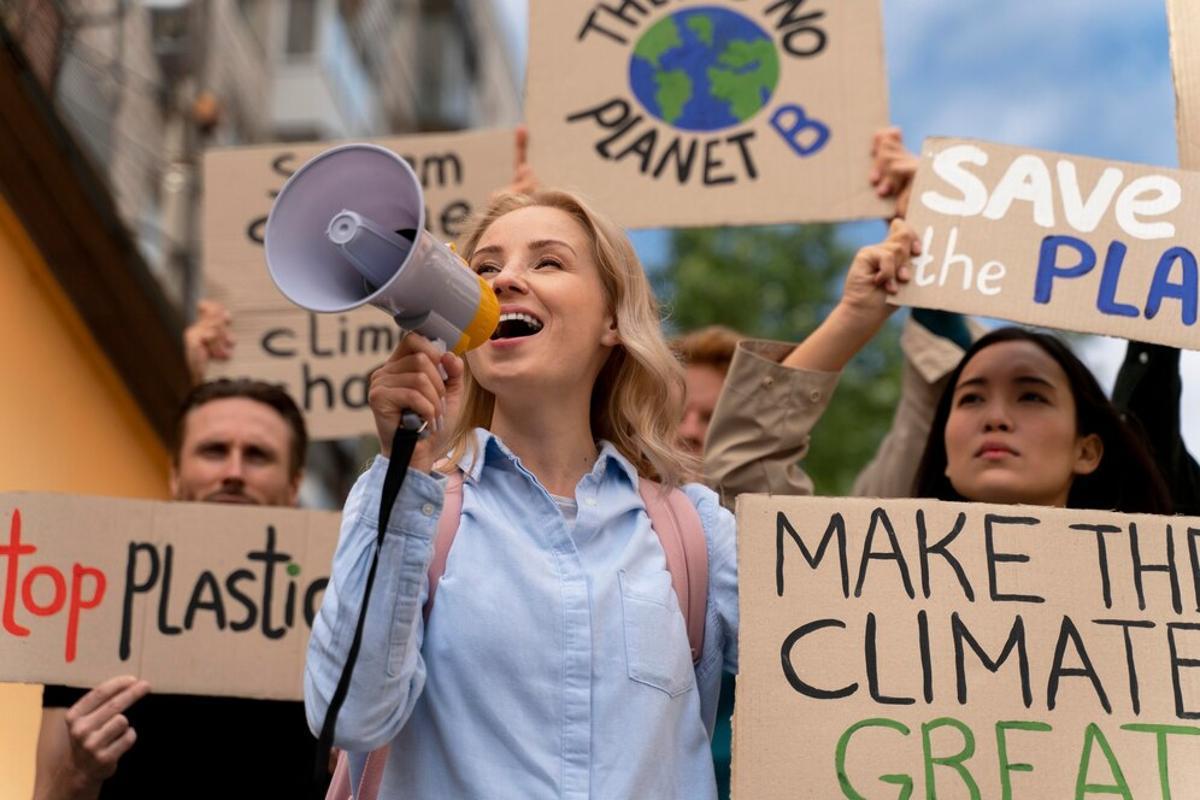
Source: Freepik
These movements highlight the power of collective action and the role of the younger generation in steering the global community towards sustainable solutions.
Individual Contributions to Mitigating Collapse
Individual actions play a crucial role in combating global collapse.

Source: Chris Boese/Unsplash
By adopting sustainable practices like reducing waste, conserving energy, and supporting eco-friendly businesses, individuals contribute to a larger, collective impact on global sustainability.
Envisioning a Sustainable 2040
Imagine, instead, a 2040 where cities are powered by renewable energy, green roofs, and vertical gardens dominate urban landscapes, and public transportation has replaced much of the need for personal vehicles.

Source: Pixabay/Pexels
In this vision, communities thrive in harmony with the environment, and technology supports sustainable living practices without depleting resources. This scenario isn’t just wishful thinking; it’s a feasible future if we commit to the necessary changes today.
The Power of Community in Global Change
Communities around the globe are demonstrating that grassroots initiatives can profoundly influence sustainability. From urban gardening projects in cities to renewable energy cooperatives in rural areas, these community-driven efforts are pivotal.
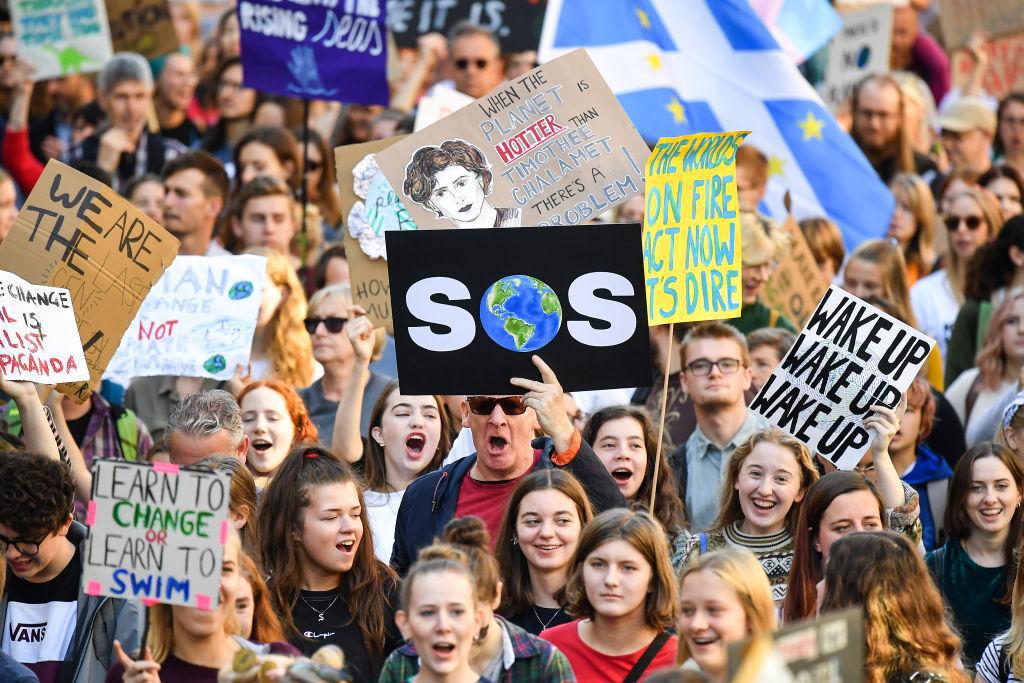
Source: Jeff J Mitchell/Getty Images
They not only conserve resources but also strengthen local economies and social bonds, showcasing a powerful model for global environmental and economic resilience.
Challenges and Opportunities in the Transition
Of course, transitioning to a sustainable model presents both daunting challenges and promising opportunities. Economic restructuring may disrupt traditional industries, requiring careful planning and support for affected communities.
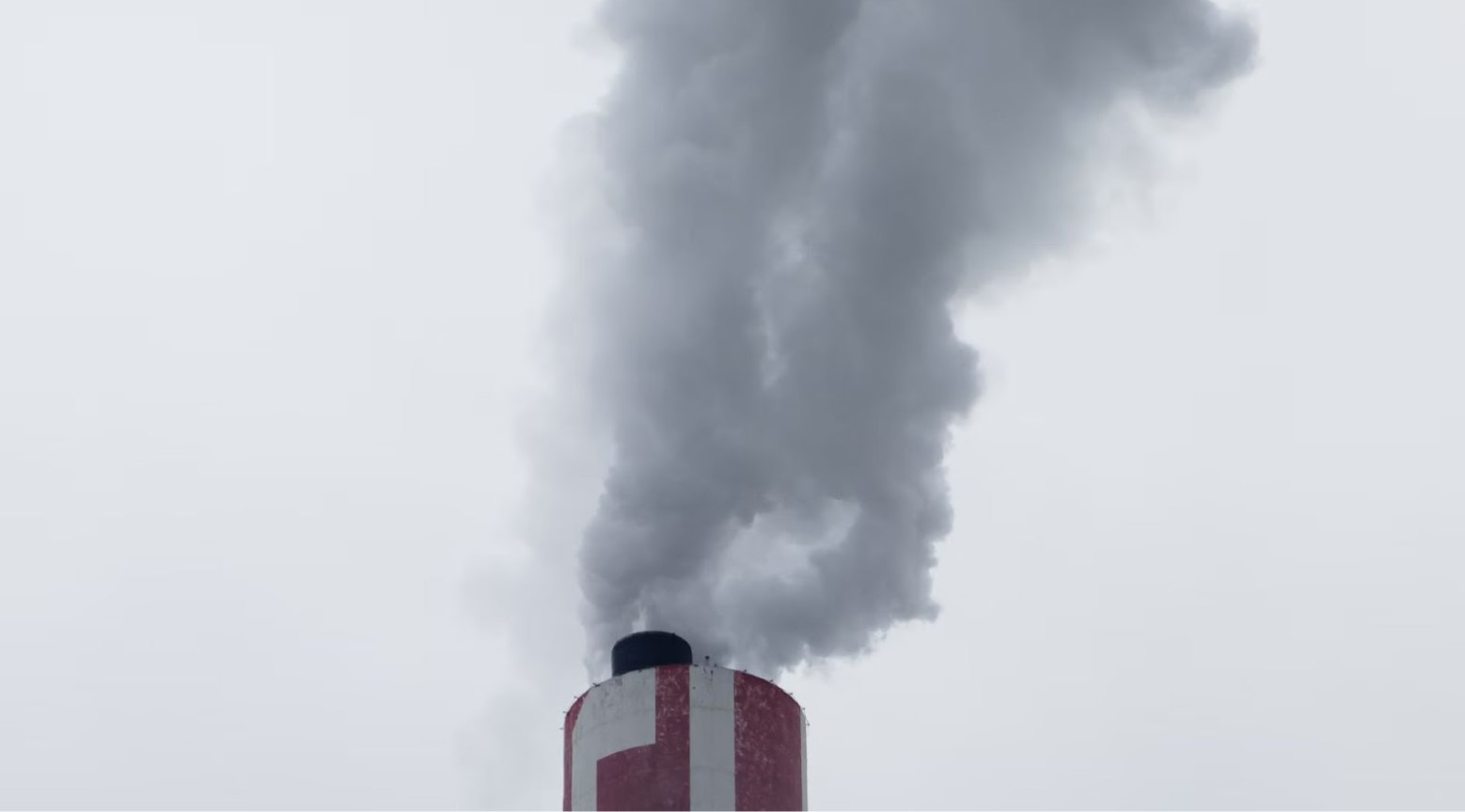
Source: Martin Adams/Unsplash
However, this transition also opens up new avenues for growth in green technologies, renewable energy, and sustainable infrastructure. Embracing these opportunities can lead to job creation, economic resilience, and a more environmentally sustainable future.
Final Call to Action
The urgency to act against the projected global collapse is now. Every sector of society needs to be engaged — governments to enact and enforce sustainable policies, businesses to innovate and implement green practices, and individuals to adopt more sustainable lifestyles.

Source: Roxanne Desgagnés/Unsplash
This collective effort is essential to divert the current path towards a more sustainable and secure global future.
